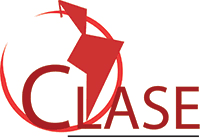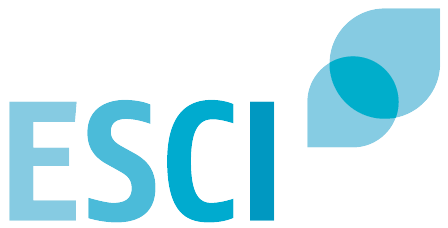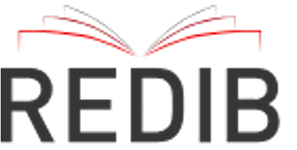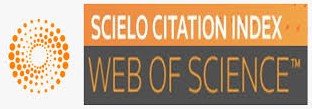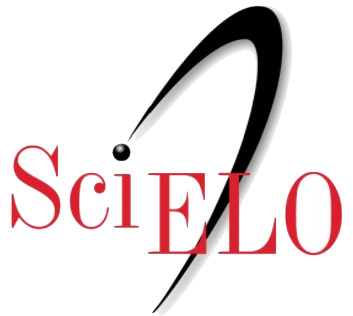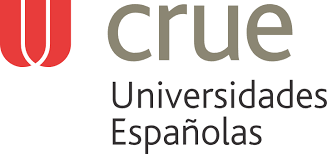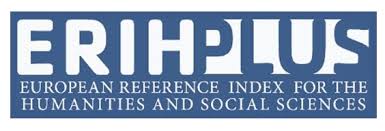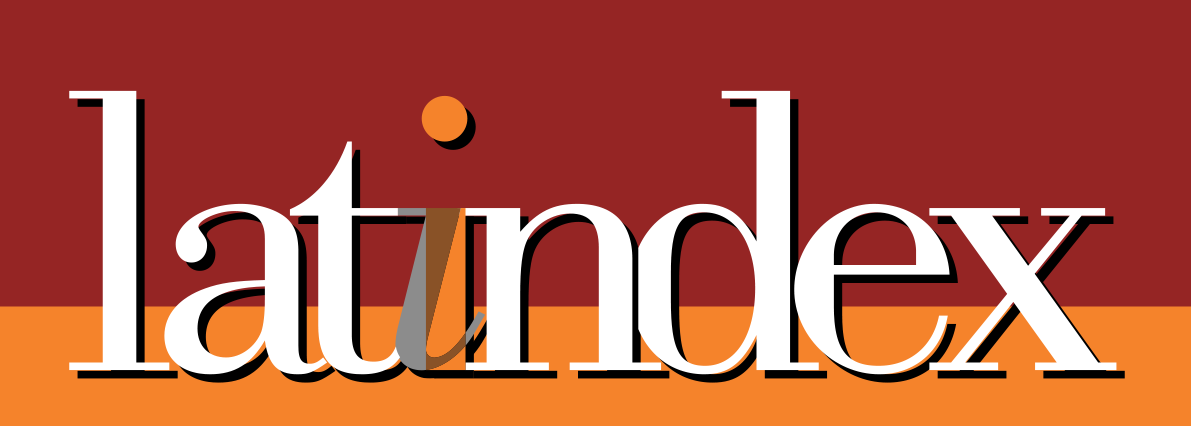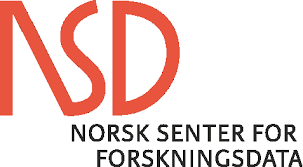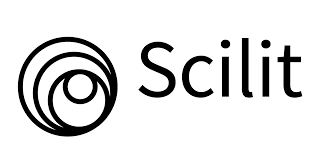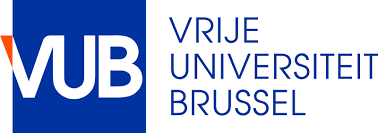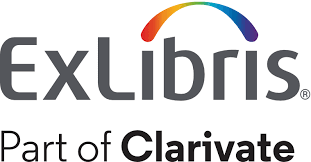Patterns in mosaics and tessellations from geometric compositions
DOI:
https://doi.org/10.22335/rlct.v10i2.569Keywords:
mosaic, tessellation, geometric compositionAbstract
The Geometry, in charge of studying the qualities and properties of the forms that can be found in the habitable space or in mathematical theoretical exercises, can be used as a tool to generate mosaics or tessellations that respond to a mathematical logic, at the same time maintaining an artistic kind. Its usefulness can be manifested for various contexts for which a geometric composition defined as tessellation that can be used to cover different planes is presented in this article. After the exploration of shapes and figures using a geometric design methodology, a tessellation is presented as a result of two pieces that are articulated to form a mosaic responding to a design logic inspired by M. C. Escher.
Downloads
References
Bailey, D. Cairo Tiling, recuperado de http://www.tess-elation.co.uk/cairo-tiling.
Blatov, A., Shevchenko, P. & D. M. Proserpio, (2014). Applied topological analysis of crystal structures with the program package ToposPro, Cryst. Growth Des., 14, 3576-3586.
Conway, J.H. & Lagarias, J.C. (1990). Tiling whit polyminoes and combinatorial group theory. Journal of combinatorial theory. 53. 183-208
de Souza, L. A., & Marafioti Garnica, A. V. (2013). The modern math movement(s): An essay on how elementary school teachers in brazil gave meaning to it. [As matemáticas modernas: Um ensaio sobre os modos de produção de significado ao(s) movimento(s) no ensino primário Brasileiro] Revista Latinoamericana De Investigacion En Matematica Educativa, 16(3), 369-393. doi:10.12802/relime.13.1634
Escher M.C, (2008). Estampas y dibujos. Introducción y comentarios de M.C. Escher. Ed. Taschen.
Gómez-Jáuregui V., Otero C., Arias R. and Manchado C. (2011). Generation and Nomenclature of Tessellations and Double-layer Grids.
Goodman-Strauss, C. & Sloane, N.J.A.. (2018). A coloring book approach to finding coordination sequences. Arxiv. 1. New York: Cornell University Library.
Harpe, P. (2000). Topics in Geometric Group Theory. Chicago: Univ. Chicago Press.
Hernández, M. M. V., & Rojas, E. M. (2016). Determinants of academic performance in mathematics in the context of a technological university: Application of structural equations model. [Factores que determinan el rendimiento académico en matemáticas en el contexto de una universidad tecnológica: Aplicación de un modelo de ecuaciones estructurales] Universitas Psychologica, 15(4), 1-11. doi:10.11144/Javeriana.upsy15-4.fdra
Herrera V., Montes, Y., Cruz C., Vargas A. (2010) Teselaciones: Una Propuesta para la Enseñanza y el Aprendizaje de la Geometría a Través del Arte. Bogotá: Universidad Distrital Francisco José de Caldas.
Mariño, S. (1938). Geometría en el arte y el diseño. Bogotá: Universidad Nacional.
Walkup, D. (1965). Covering a rectangle with T-tetrominoes, Amer. Math. Month!v . 72. 986-988
Downloads
Published
Issue
Section
License
This journal provides free and immediate access to its content (https://creativecommons.org/licenses/by/4.0/legalcode#languages), under the principle that making research available to the public free of charge supports greater global knowledge exchange. This means that the authors transfer the Copyrights to the journal, so that the material can be copied and distributed by any means, as long as the authors’ recognition is maintained, and the articles are not commercially used or modified in any way.


